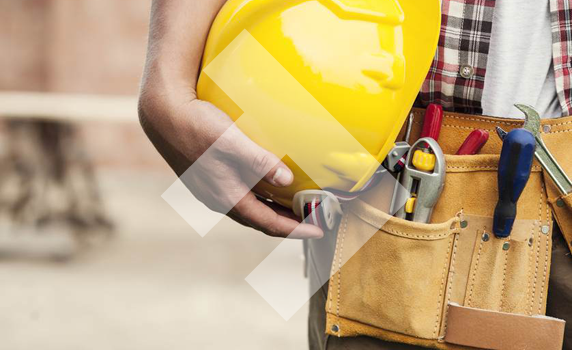Everyone loves a bit of DIY, don’t they? That feeling of satisfaction when you fix a problem at home is similar to getting a new personal best in the gym. Working hard to overcome the inevitable obstacles that present themselves to achieve that end goal. Brits are notorious for their love of DIY – for generations we have adopted the ‘make do and mend’ mentality, choosing to fix things ourselves rather than get professionals in. But how harmful is DIY?
New research carried out by Slater and Gordon suggests that many DIY tasks could be exposing us to harmful substances and chemicals which could, unbeknownst to us, lead to serious health issues.
According to the survey carried out by the firm, 48% of people said they were unconcerned about the health risks when carrying out home improvement tasks. Simple tasks such as drilling into walls or sanding could be exposing people to deadly asbestos. The toxic substance was widely used in the 70s and 80s but has since been banned as exposure can lead to an aggressive form of cancer.
Nearly half of the people surveyed by the mesothelioma lawyers were happy to drill into walls, but only 5% consider this task risky in any way. Millions of people in Britain live in houses that are over 50 years old which could potentially contain asbestos, and drilling into walls can disturb the substance, releasing deadly particles into the air.
Cutting and sanding wood is equally hazardous. Especially MDF which is held together by formaldehyde – a carcinogenic substance. Only 4% of those surveyed thought that cutting or sanding MDF posed a risk to their health!
Obviously carrying out electrical or plumbing work carries an inherent risk, but to think that simple tasks can eventually lead to death is quite worrying.
Slater and Gordon have produced a really nice infographic using the stats from the survey and giving some tips on how to stay safe when carrying out home improvement.

![]()
 Instagram
Instagram Pinterest
Pinterest Facebook
Facebook Twitter
Twitter YouTube
YouTube




 Paul
Paul 



